*photo courtesy Kids Collective Preschool
Natural playgrounds or playscapes are all the rage right now — but why? Why natural and recycled materials over the pre-fab playground equipment? There are many benefits to having a natural playground at your school, church or even in your backyard. The great thing about natural playscapes is that if you are on a budget, there are many things you can add to your playscape that are cost effective, especially if you’re a little handy.
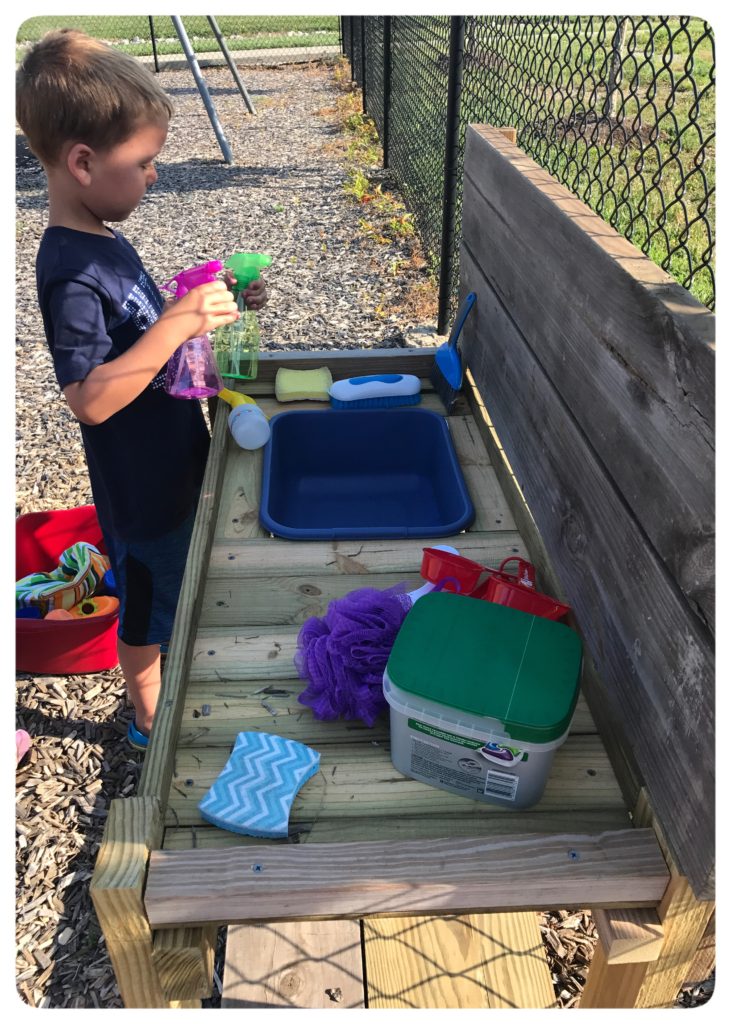
One of the most obvious benefits to natural playgrounds is learning about nature, which includes materials like wood, rocks, plant life, gardens, and even entire small ecosystems. We can teach children about taking care of our planet and nature and why that’s important. Just as important as natural elements, using recycled items is a great idea too. Kids can begin learning at an early age about waste and what happens when we don’t take care of our environment.
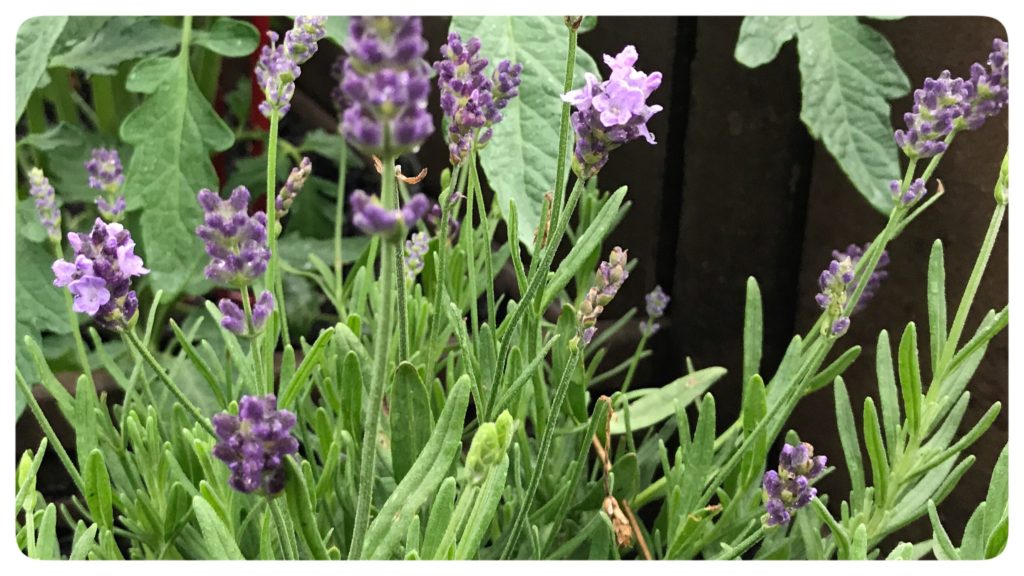
If your outdoor space has a garden, teaching children cause and effect by caring for plant life instills the importance of why we need to care for things (and if neglected, what happens when we don’t!). Having a garden with edible items in the garden can make for an amazing cooking lesson and talk about health and nutrition and why eating fruits and vegetables are important to our diets. With childhood obesity being such an issue, growing fruits and veggies from seeds or small plants is an amazing process to watch and also is very cost effective. Because of the timing of the seasons with school, classes can start planting inside when the weather is less than ideal and take plants outside when it’s appropriate.
With a natural playground, the terrain is not perfectly consistent, so children tend to have to work a little harder to get from place to place. Having rock walks, wooden steps and play structures, and areas with uneven dirt teach children problem solving, risk assessment and how to adapt to your environment. Children are engaged in more active play with a natural landscape.
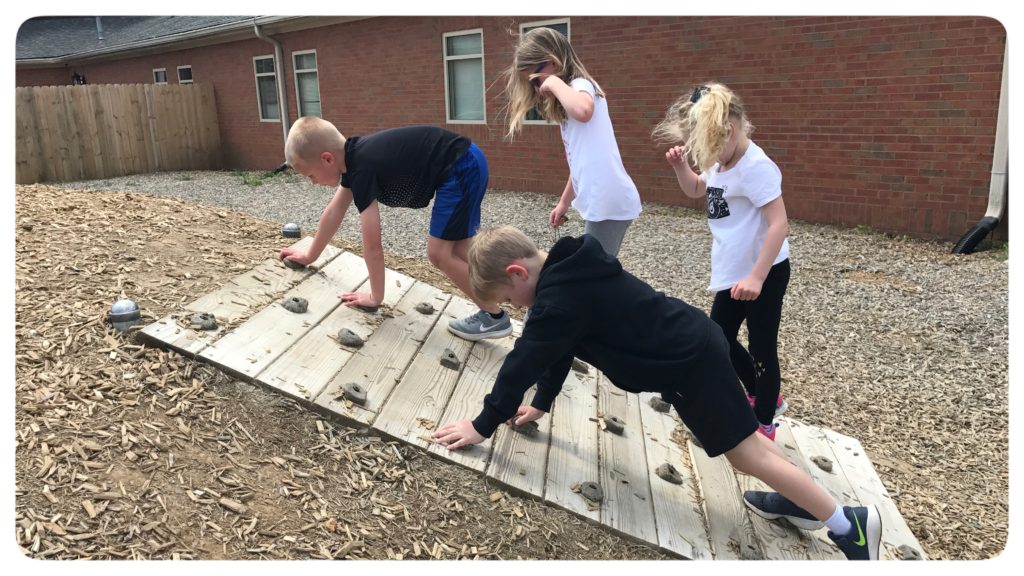
Natural playgrounds promote more imaginative, interactive and dramatic play. Children have to be creative with their changing environment. This promotes safer play as well. When children get bored, there are more accidents on the playground. With items that aren’t natural, they are fixed and there are only a certain number of specific ways they are to be used by children. Inevitably when the children get bored they try to play on or with things in a less safe manner.
Sometimes larger structures and contemporary design can be overwhelming. Older children can dominate the playground equipment and for a younger or smaller child, that can be somewhat intimidating. Playgrounds made of natural materials are more user-friendly to younger children and makes the playground more approachable.
Having natural elements in the playground shows what happens over time. Some items and materials may last longer than others, which is part of life, but also it allows for new items to pop up when one fades or needs to be removed (and hopefully recycled).
Natural playgrounds have many benefits for children. These playgrounds encourage and foster learning in a friendly, environmentally aware space. It creates a natural environment for children to nurture their social, physical, and imaginative skills. We will be posting more on natural outdoor spaces in the near future.

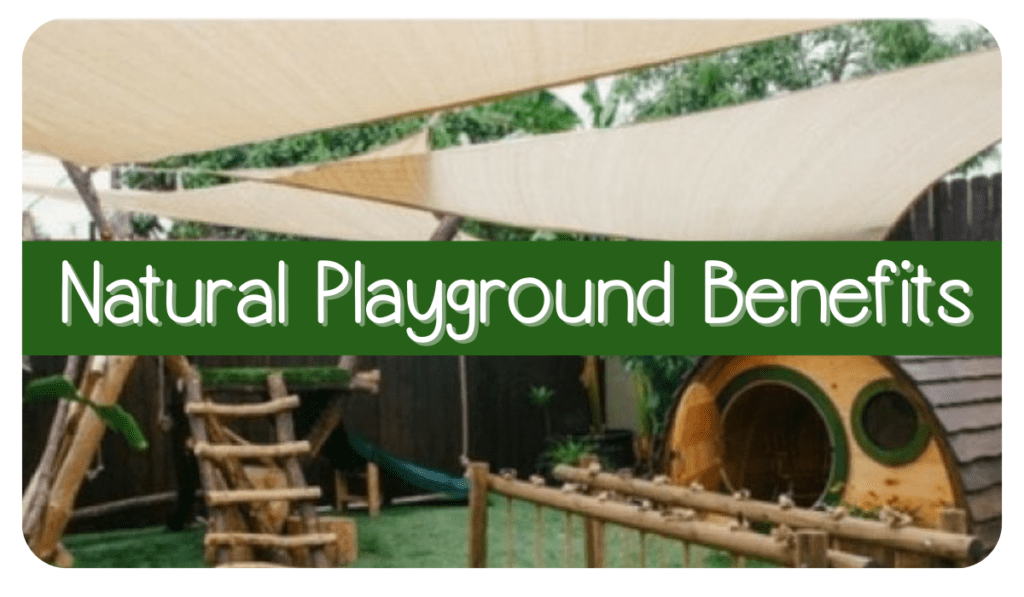

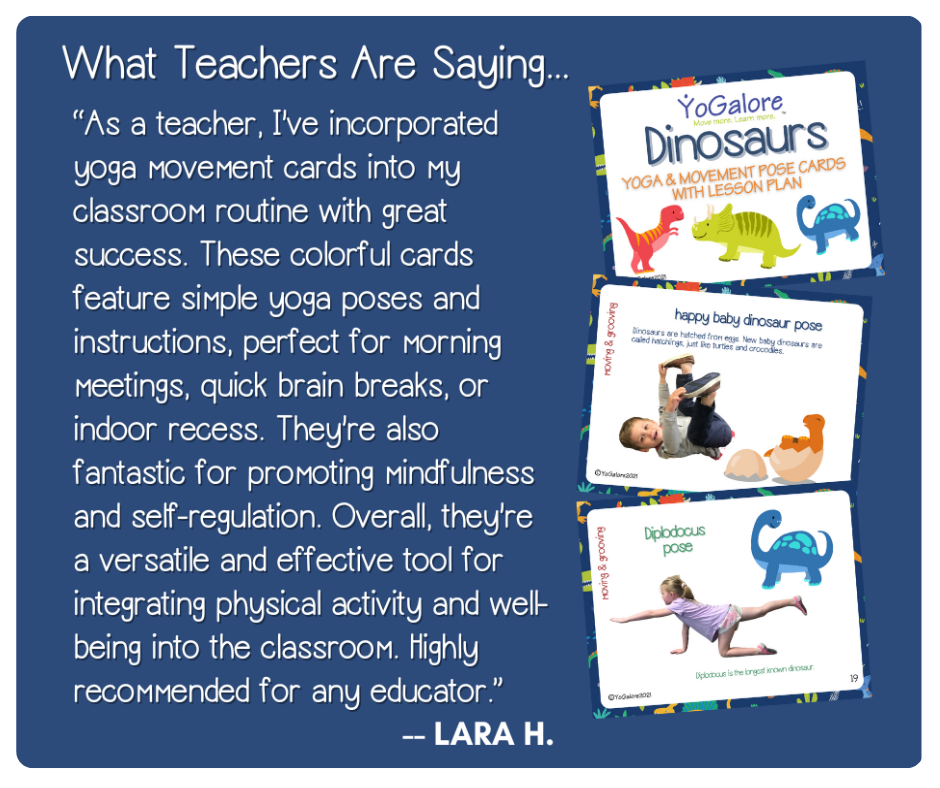


4 Responses